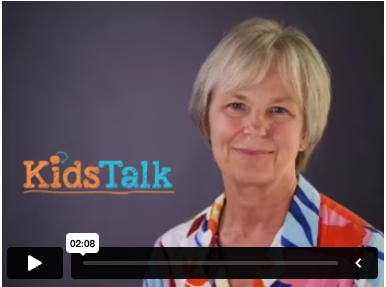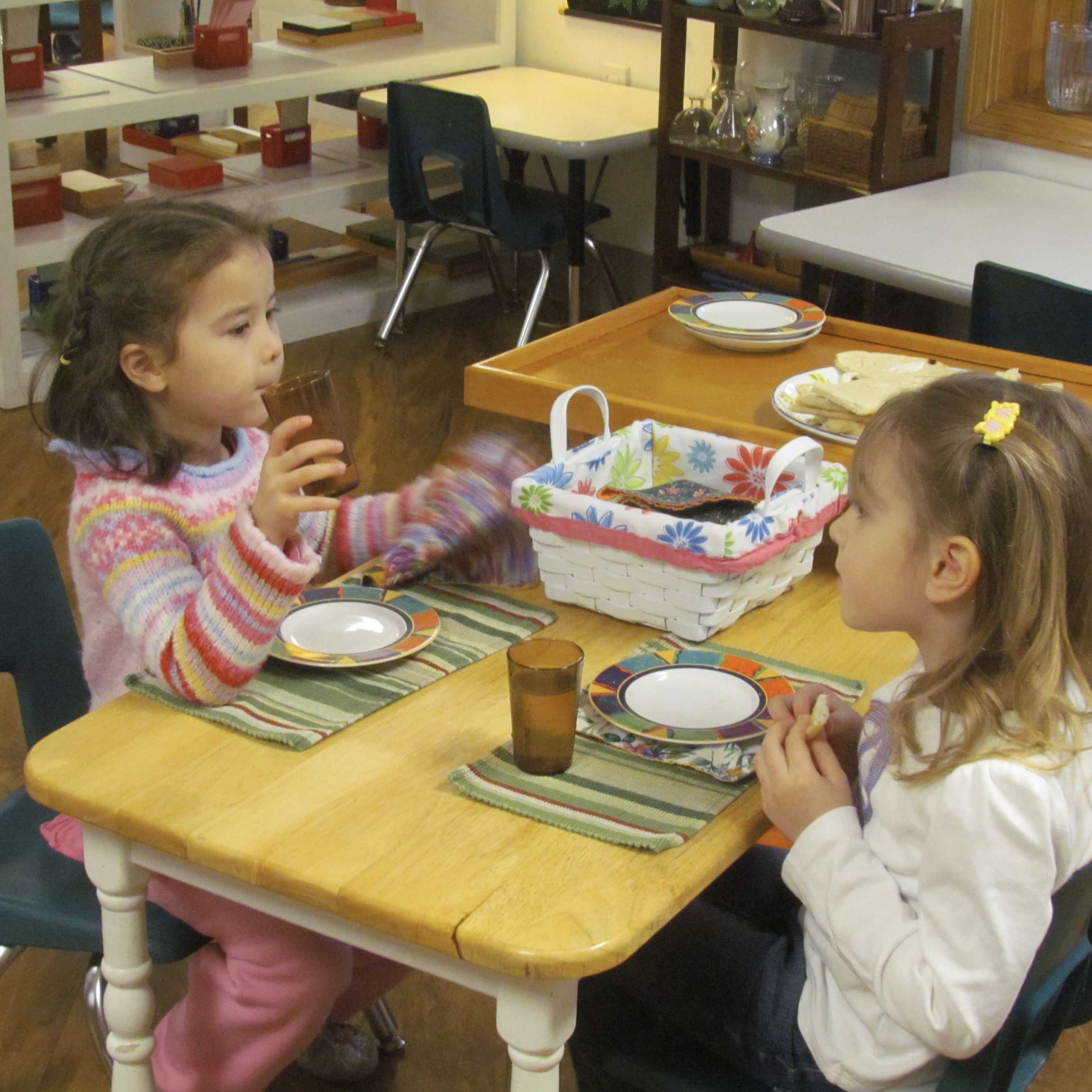By Thomas J. Huberty, PhD, NCSP Indiana University
Anxiety is one of the most common experiences of children and adults. It is a normal, adaptive reaction, as it creates a level of arousal and alertness to danger. The primary characteristic of anxiety is worry, which is fear that future events will have negative outcomes. Anxious children are much more likely than their peers to see minor events as potentially threatening. For example, giving a brief oral report might be slightly anxiety-producing for most children, but the anxious child is much more likely to believe that his or her performance will be a complete disaster.
Anxious children are likely to engage in a variety of avoidance behaviors to reduce exposure to threat. In the classroom, they may be withdrawn, not initiate interactions, select easy over difficult tasks, and avoid situations where they anticipate increased risk for failure. Socially, they may feel uncomfortable in new situations, not initiate conversations, or avoid group interactions. They worry about being evaluated socially and fear that others will view them negatively. Although there may be some basis for worry, it is usually out of proportion to the situation and is unrealistic. Either a real or imagined threat may be enough to trigger an anxiety reaction.
Defining Anxiety
From early childhood through adolescence, anxiety can be a normal reaction to stressful situations.
Infancy and Preschool
Anxiety first appears at about 7–8 months of age as stranger anxiety, when an infant becomes distressed in the presence of strangers. At about 12–15 months of age, toddlers show separation anxiety when parents are not nearby. Both of these reactions are typical and indicate that development is progressing as expected. In general, severe stranger and separation anxiety dissipate by the end of the second year of life. Anxiety at this age is primarily associated with fears of strangers, new situations, animals, the dark, loud noises, falling, and injury.
School Age
Up to about age 8, many causes of anxiety continue from preschool levels with a focus on specific, identifiable events. With age, sources of anxiety become more social and abstract, such as worrying about friends, social acceptance, the future, and coping with a move to a new school. Adolescents tend to become more worried about sexual, religious, and moral issues as they continue to develop. In the vast majority of cases, children and adolescents cope well with these situations and severe or chronic anxiety is not common.
Home-Based Interventions
Because anxious children also tend to demonstrate these patterns at home, parents can do much to help. Some suggestions include:
- Be consistent in how you handle problems and administer discipline.
- Be patient and be prepared to listen.
- Avoid being overly critical, disparaging, impatient, or cynical.
- Maintain realistic, attainable goals and expectations for your child.
- Do not communicate that perfection is expected or acceptable.
- Maintain consistent but flexible routines for homework, chores, activities, etc.
- Accept that mistakes are a normal part of growing up and that no one is expected to do everything equally well.
- Praise and reinforce effort, even if success is less than expected. Practice and rehearse upcoming events, such as giving a speech or other performance.
- Teach your child simple strategies to help with anxiety, such as organizing materials and time, developing small scripts of what to do and say to himself or herself when anxiety increases, and learning howto relax under stressful conditions.
- Do not treat feelings, questions, and statements about feeling anxious as silly or unimportant.
- Often, reasoning is not effective in reducing anxiety. Do not criticize your child for not being able to respond to rational approaches.
- Seek outside help if the problem persists and continues to interfere with daily activities.
Conclusion
Anxiety is a common problem affecting children and adolescents at home and school and can cause significant problems in personal, social, and academic performance. Often, it is not easy to identify, or it may be mistaken for another problem, such as attention deficits, low ability, or lack of motivation. Left unidentified and untreated, it can worsen over time, causing more problems into adolescence and adulthood. Parents and teachers can be major sources of support for anxious children, helping to reduce the negative effects of anxiety and encouraging progress.
Thomas J. Huberty, PhD, ABPP, NCSP, is Professor of School Psychology and Director of the School Psychology Program at Indiana University in Bloomington, IN.







